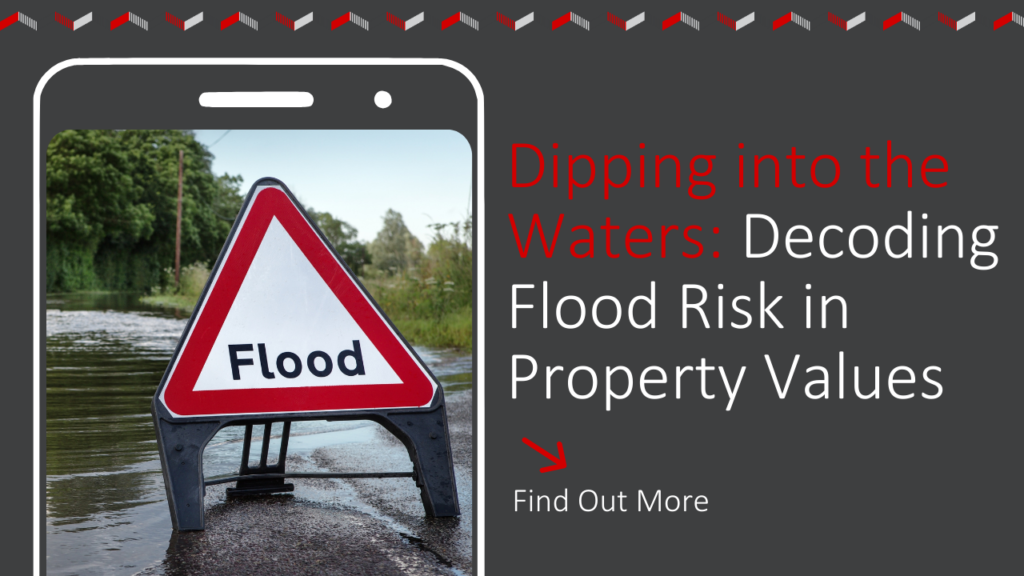Decoding Flood Alerts: A Step-by-Step Guide To Safety

Table of Contents
Understanding Different Types of Flood Alerts
Knowing the difference between various flood alerts is the first step towards effective flood safety. Misunderstanding these alerts can lead to delayed responses and increased risk.
What Flood Watches Mean
A flood watch means that conditions are favorable for flooding to occur. While flooding isn't imminent, the potential is significant. You should be prepared for potential flooding.
- Increased rainfall is expected over an extended period.
- Rivers and streams are rising, potentially exceeding their banks.
- There's a potential for flash flooding in low-lying areas.
This is the time to start preparing. Monitor weather reports closely, gather your emergency supplies (we'll discuss this in detail later), and begin considering alternative arrangements if necessary. Don't wait until a warning is issued – proactive preparedness is key for flood safety.
What Flood Warnings Indicate
A flood warning is far more serious. This means that flooding is occurring, or is about to occur imminently. There's an immediate danger to life and property.
- Flooding is currently happening in your area or will begin very soon.
- There's an immediate threat to life and property.
- Water levels are rising rapidly and may cause significant damage.
When a flood warning is issued, immediate action is required. If instructed to evacuate, do so without delay. Move valuables to higher ground and prepare to leave your home. Your life is at risk.
Differentiating Between Advisories, Watches, and Warnings
It's vital to understand the differences between flood advisories, watches, and warnings. Here's a simple comparison:
| Alert Level | Description | Recommended Action |
|---|---|---|
| Flood Advisory | Flooding is possible. | Monitor conditions, be prepared. |
| Flood Watch | Conditions are favorable for flooding. | Prepare your emergency kit, review evacuation plans, monitor weather. |
| Flood Warning | Flooding is occurring or is imminent. Immediate danger to life and property. | Take immediate action, evacuate if instructed, move valuables to higher ground. |
As you can see, the severity increases significantly from an advisory to a warning. Understanding these distinctions is crucial for effective flood preparedness and response.
Creating a Flood Preparedness Plan
Proactive planning is your best defense against the devastation of a flood. A well-thought-out plan can save lives and minimize property damage.
Building an Emergency Kit
A well-stocked emergency kit is essential for surviving a flood. Aim for enough supplies to last several days.
- Water (at least one gallon per person per day)
- Non-perishable food items
- First-aid kit with essential medications
- Flashlight and extra batteries
- Weather radio with extra batteries
- Important documents (in waterproof containers)
- Copies of insurance policies
- Cash
Remember to regularly check and replenish your kit, especially the food and water supplies.
Identifying Safe Evacuation Routes
Plan multiple escape routes and designated meeting points for your family.
- Identify high-ground locations within your area.
- Plan alternative routes in case primary roads are flooded.
- Establish multiple meeting points in case you get separated.
Share this plan with every member of your household and ensure everyone knows what to do in case of a flood emergency.
Knowing Your Risk
Understanding your personal flood risk is critical.
- Check flood maps provided by your local authorities or FEMA (in the US).
- Contact your local emergency management agency to inquire about your area's flood history.
- Assess your property's vulnerability to flooding.
Consider purchasing flood insurance, even if you're not in a high-risk area. Investing in flood mitigation measures, such as elevating your home or installing flood barriers, can also reduce your risk significantly.
Responding to a Flood Alert
Knowing how to respond to different flood alerts is crucial for your safety.
Evacuation Procedures
If a mandatory evacuation is ordered, comply immediately. Don't delay.
- Secure your home as much as possible.
- Turn off utilities (gas, electricity, water).
- Take your emergency kit.
- Follow designated evacuation routes.
Never attempt to drive through flooded areas; floodwaters can be deceptively deep and swift, and hidden dangers lurk beneath the surface.
Staying Safe During a Flood
If evacuation isn't possible, take these precautions:
- Move to the highest floor of your building.
- Stay away from floodwaters – they are often contaminated and can contain dangerous debris.
- Avoid downed power lines.
- Monitor weather reports and emergency broadcasts on the radio.
Post-Flood Actions
After the floodwaters recede, there's still a significant risk.
- Assess your home for structural damage and report any significant issues to the authorities.
- Avoid floodwaters – they remain contaminated and may contain dangerous materials.
- Clean and disinfect your home thoroughly.
- Contact your insurance company to file a claim.
Conclusion
Understanding and acting upon flood alerts is paramount to ensuring your safety and minimizing damage during a flood. By developing a comprehensive flood preparedness plan and knowing how to respond to different alert levels, you can significantly reduce your risk. Remember to stay informed, monitor weather reports, and follow official instructions. Don't wait until it's too late – proactively prepare for flood alerts and protect yourself and your loved ones. Learn more about effective flood alert response strategies and build a comprehensive flood safety plan today.

Featured Posts
-
 Jenson Button Remains Overseas Following 250 000 London Theft
May 26, 2025
Jenson Button Remains Overseas Following 250 000 London Theft
May 26, 2025 -
 Holocaust Remembrance Day Meta Israels Instagram Project With Israeli Celebrities Returns
May 26, 2025
Holocaust Remembrance Day Meta Israels Instagram Project With Israeli Celebrities Returns
May 26, 2025 -
 Kapan Moto Gp Inggris 2025 Jadwal Lengkap Balapan
May 26, 2025
Kapan Moto Gp Inggris 2025 Jadwal Lengkap Balapan
May 26, 2025 -
 Explorer L Uvre De Melanie Thierry
May 26, 2025
Explorer L Uvre De Melanie Thierry
May 26, 2025 -
 Naomi Kempbell V 55 Stil Foto Biznes Uspikh
May 26, 2025
Naomi Kempbell V 55 Stil Foto Biznes Uspikh
May 26, 2025
